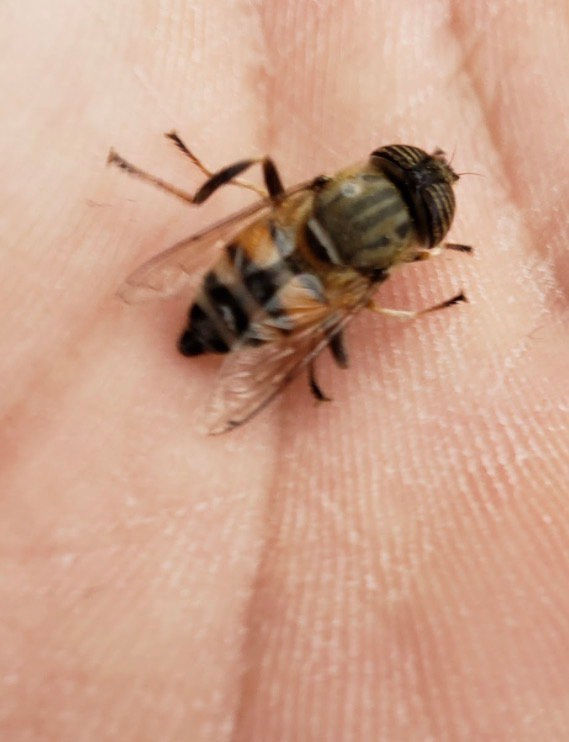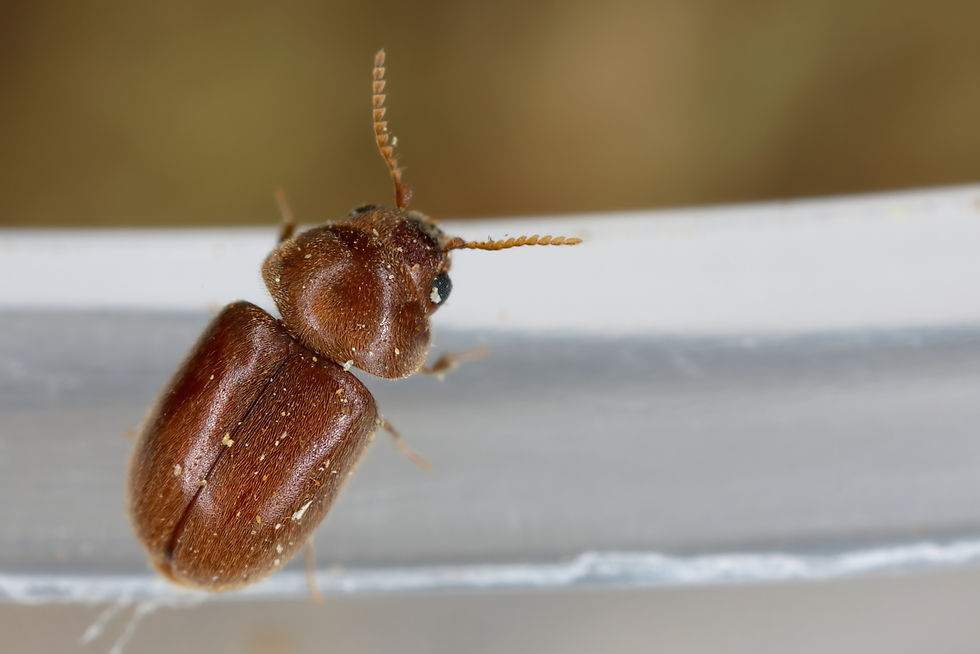Argentine Ants: A Pervasive Pest Threatening Ecosystems and Homes
- Apr 9, 2024
- 1 min read
Updated: Aug 27
Welcome to our blog post dedicated to shedding light on one of the most notorious invasive species – the Argentine ants. While small in size, these ants wield a significant impact on ecosystems and human habitats alike. Join us as we take a look into their biology, behavior, and the measures to combat their spread.
Understanding Argentine Ants:

Originating from South America, Argentine ants (Linepithema humile) have established colonies across the globe, thriving in diverse climates. Their adaptability and rapid reproduction rates make them formidable invaders, outcompeting native ant species and disrupting delicate ecosystems.
Biology and Behavior:
Argentine ants exhibit complex social structures, forming massive supercolonies interconnected across vast territories. Their omnivorous diet and ability to exploit diverse food sources contribute to their ecological success. Furthermore, their cooperative behavior enables efficient foraging and territorial expansion.
Impact on Ecosystems:
The unchecked proliferation of Argentine ants poses a grave threat to biodiversity. By outcompeting native species for resources and disrupting mutualistic relationships, they can destabilize entire ecosystems. Their presence can also exacerbate agricultural pest problems, leading to significant economic losses.
Protecting Your Home:
Argentine ants are notorious for infiltrating households, seeking food and shelter. Sealing entry points, maintaining cleanliness, and eliminating moisture sources can help deter infestations. Additionally, employing baits and non-toxic deterrents can provide long-term control without compromising environmental safety.
Conclusion:
As we navigate the complex challenges posed by invasive species like Argentine ants, collaboration and innovation are essential. By raising awareness, implementing responsible pest management practices, and supporting research initiatives, we can mitigate their impact and safeguard ecosystems for future generations.






